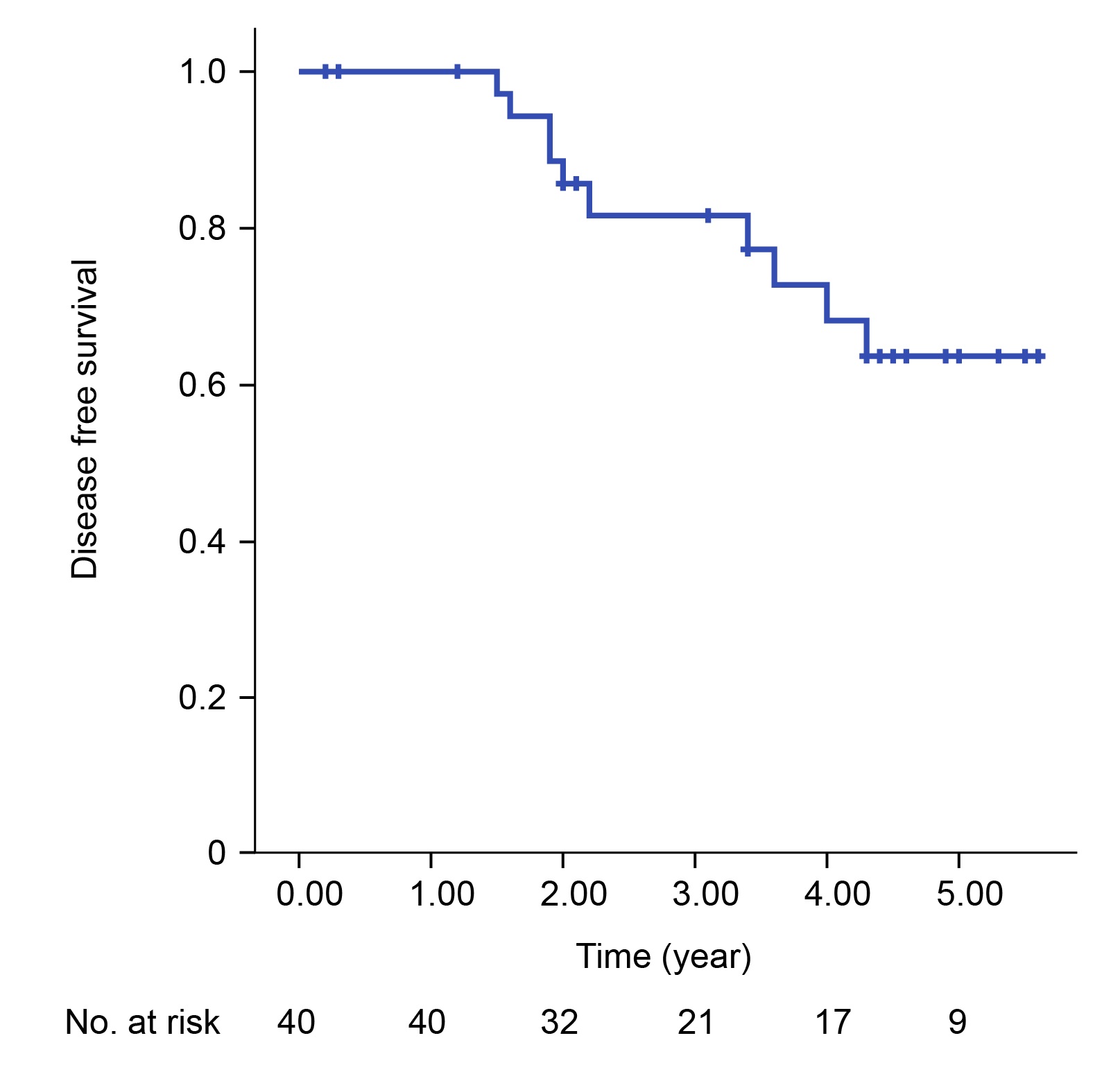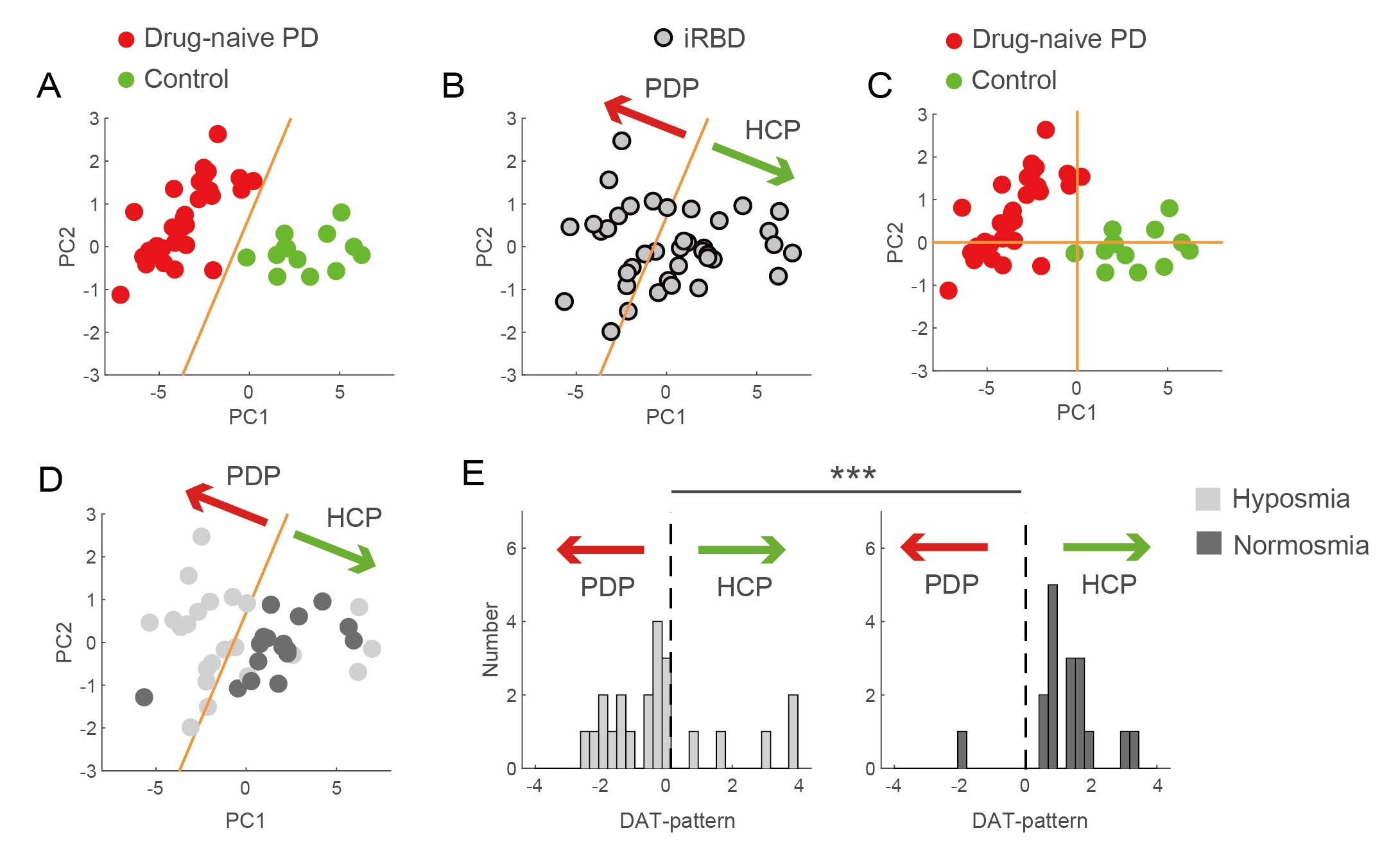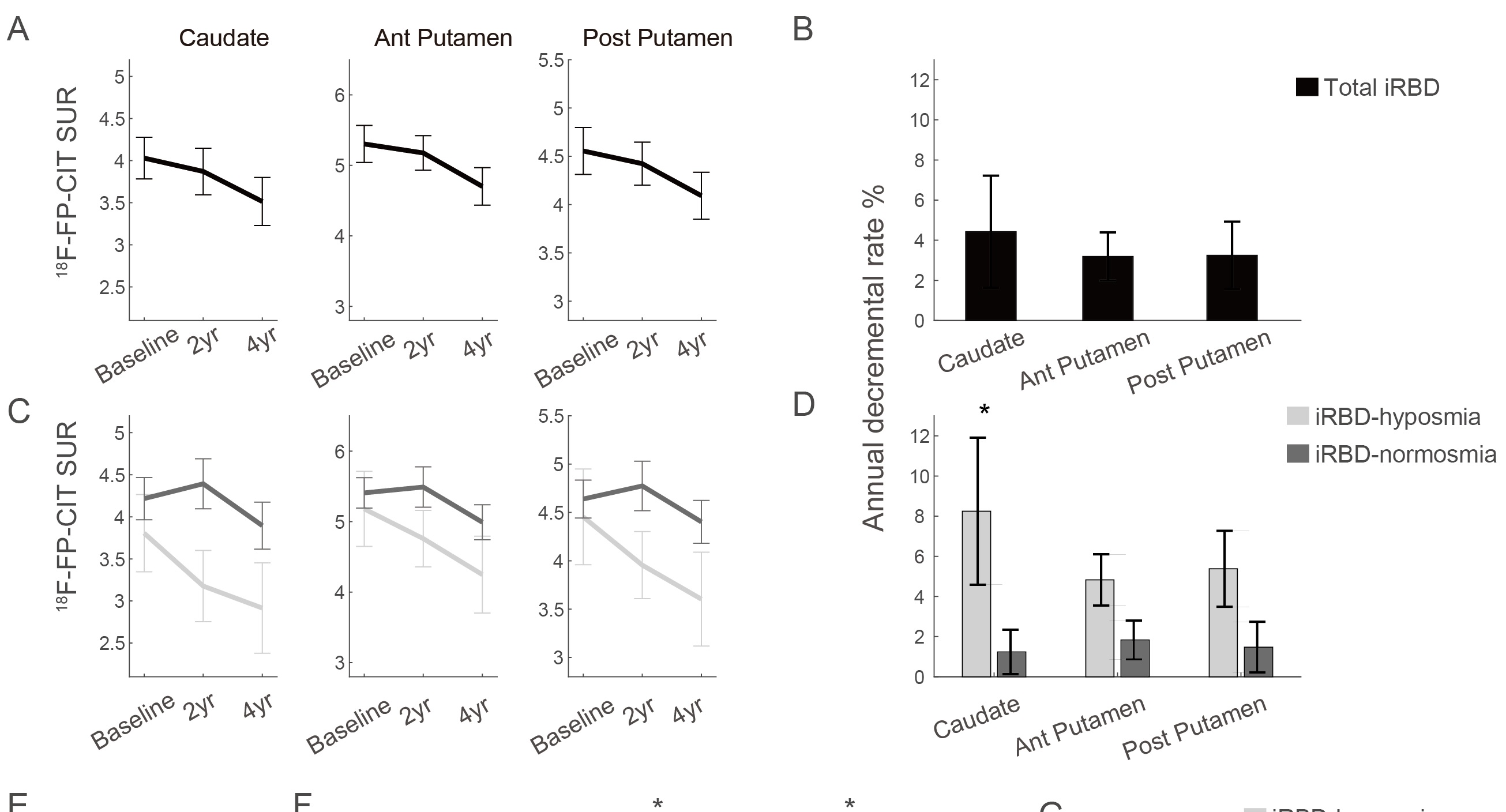Objective: To elucidate longitudinal changes in the dopamine transporter (DAT) availability in idiopathic rapid-eye-movement sleep behavior disorder (iRBD) patients predicted by the baseline motor and non-motor biomarkers through 4 years of prospective follow up.
Background: Clinical biomarkers such as hyposmia, impaired color vision, mild motor symptoms, mild cognitive impairment, constipation and erectile dysfunction are reported to be associated with increased probability of phenoconversion in iRBD patients. However, these clinical biomarkers are not sufficiently objective. DAT imaging has been widely used as an in-vivo marker of nigrostriatal dopaminergic degeneration. But how motor and nonmotor biomarkers correlate with the rate of nigral degeneration in iRBD has not been clearly elucidated so far.
Method: The study cohort consisted of iRBD patients, Parkinson’s disease (PD) patients and healthy controls. All participants were evaluated for olfaction, neuropsychological tests, the MDS-Unified Parkinson’s Disease Rating Scale and underwent 18F-FP-CIT PET scans every 2 years. We calculated DAT pattern by performing the principal component analysis of tracer uptakes in 6 striatal regions.
Results: DAT patterns in iRBD patients with baseline hyposmia, constipation, urinary dysfunction and mild parkinsonian signs were significantly biased toward PD-pattern. The DAT pattern moved toward PD-pattern over time in some iRBD patients during the follow-up and baseline hyposmia was the only biomarker significantly associated with this change. Baseline PD-pattern of DAT predicted 58% of disease converters (HR 7.52, [1.52~37.13], 95% confidence interval). The combination of hyposmia and baseline PD pattern of DAT predicted 67% of the conversion (HR 11.54, [2.30~57.93], 95% confidence interval). The estimated sample size required for a simulated neuroprotective clinical trial was 63 per group when the annual change of DAT pattern was used as an outcome in the subgroup with baseline DAT PD-pattern and hyposmia, which is the smallest number reported so far.
Conclusion: Baseline and longitudinal monitoring of DAT pattern can be useful biomarker in identifying individuals with high risk of disease conversion and in selecting potential population for clinical trials in iRBD.
To cite this abstract in AMA style:
J.H Shin, J.Y Lee, Y.K Kim, H.W Nam, S.A Shin, H.J Kim, B. Jeon. Longitudinal change in dopamine transporter availability in idiopathic REM sleep behavior disorder [abstract]. Mov Disord. 2020; 35 (suppl 1). https://www.mdsabstracts.org/abstract/longitudinal-change-in-dopamine-transporter-availability-in-idiopathic-rem-sleep-behavior-disorder/. Accessed April 2, 2025.« Back to MDS Virtual Congress 2020
MDS Abstracts - https://www.mdsabstracts.org/abstract/longitudinal-change-in-dopamine-transporter-availability-in-idiopathic-rem-sleep-behavior-disorder/




